
Integrated Theatre Commands: India Needs to Think Big
Tue, 20 Jul 2021 | Reading Time: 6 minutes

Integrated Theatre Commands: India Needs to Think Big
Cdr Sandeep Dhawan (Retd)
The United States was the first country to start working on the concept of jointmanship among all the branches of its military. Though the US Army started working on joint functioning way back in 1905, the concept of the Unified Command Plan (UCP) took off only in 1946, soon after the World War II, in response to friction between different branches of the military. However, the concept remained mostly in theory and the US military remained mostly disjointed.
Glaring examples of ineffectiveness of jointmanship were visible in three prominent military operations that failed miserably. The Mayaguez incident against Cambodian forces in 1975. Operation Eagle Claw to end the Iran hostage crisis in 1980. Last but not the least, Operation Urgent Fury or the invasion of Grenada in 1983. The ineffectiveness of joint operations of the United States military was a jolt to the superpower. Soon the reforms followed. Since then, it has been a continuous phenomenon. What Unified Command Plan we witness today is the result of restructuring in 2011.
It Won’t Happen for India in a Jiffy
Philosopher Susanne K Langer once wrote: “Ideas and concepts that have grown common-sensical can be seen as lights that illuminate things which simply had no form for us before the light fell on them. We turn on the light here, there, and everywhere, and the limits of thought recede before it”.
Once Indian military reforms kick in, they would illuminate challenges and solutions which one could not see earlier. The sooner reforms are undertaken, better prepared and protected the country would be. The Russian process had started in 2008, but the tinkering with the system has continued till date. Chinese reforms started in 2015 and were implemented in 2016, however they are nowhere near the desired aim. India cannot afford to drag its feet on the issue of national security. It has already lost 20 years post ‘Kargil War’. Military leaders must go for it with an open mind. One cannot be sure if the next war is just around the corner and we are caught with an obsolete mindset.
The Present and the Way Forward
Presently the Indian armed forces have 17 commands, in addition to tri-service Andaman & Nicobar and Strategic Forces Commands. The Army and the Air Force have 7 commands each, whereas the Navy has 3 commands.
The following five Integrated Theatre Commands (ITC) have been proposed: Northern Land Theatre (Jammu and Kashmir, Ladakh and Central sector) Western Land Theatre (Pakistan centric), Eastern Land Theatre, Maritime Theatre Command, and Air Defence Command.
These names suggest that India is aiming to integrate and make mega service commands, rather than propagate synergy and jointmanship between different arms of the services. Military leaders will have to explain, what objectives were kept in mind while proposing the current command structure. The proposed plan looks defensive, limited in scope and vision. It is evident that the thrust remains on China and Pakistan. Whereas the vision should have been, where do we see India in 20 to 30 years from now? Would India be clinging to the threat of Pakistan 20 years from now or would it be striving for greater heights?
Twenty years from now, India could have military bases all over Indo-Pacific. India would be dominating the Indian Ocean like never before and exercising with allied countries in faraway seas and lands. Indian forces would be guarding Indian economic interests across the globe. Keeping that in mind, I propose an expansion of our vision with the following ‘Command Structure’:
- The Arabian Sea and Middle East Theatre
- West Asia Theatre
- Central Asia Theatre
- China and Far East Theatre
- Andaman and South East Asia Theatre
- Space and Strategic Command
- Cyber Command
Each ‘Theatre Command’ should have its specific objectives and therefore the required force structure.
Why Theatre Commands When Everything is Fine
Just because a military buys modern equipment, it doesn’t become state of the art. Modern, resourceful, and innovative great military powers draw strategy and develop/acquire technology and weapon platforms accordingly. Poor, static, and backward nations on the other hand first acquire weapon platforms, whatever they can afford, and then devise their strategies around that.
Theatre Commands are much more than just jointmanship, technology, and strategy. It is about speed and time in achieving success on the battlefield: “A minute can determine the result of the battle, an hour the result of the campaign, and a day the fate of empires.” Command, control, communications, computers, intelligence, surveillance, and reconnaissance (C4ISR) have speeded up the process of decision-making. The key to winning the war is having command over technology, implementation of technology, and utilizing that technology in acting faster than the adversary. The answer to all this is a modern ‘Integrated Command Structure’.
Russia with Joint Strategic Commands was able to reduce the number of stages orders pass through from 16 to 5. Lesser the number of stages, faster the decision-making. Indian armed forces have to assess and realize how the widespread change and efforts to enhance overall speed and efficiency of decision-making from strategic, to operational and tactical levels would be implemented in our context. Once implemented, these processes would impact structures, personnel, equipment, and weapons systems across the entire range of combat arms and branches, as well as combat support and combat service support. These areas are widely underestimated and significantly impact military decision-making.
A Change of Mindset
India’s experience of military operations in the last 50 years has been mainly concentrated on counter-insurgency operations in North East, Jammu & Kashmir, and the 1971 & Kargil war with Pakistan. The fact is Pakistan remained the prime enemy. The leadership at every level had its head in the sand, oblivious of the fast-changing geopolitical scene across our sphere of influence. One must realize that the methods and doctrines of the 70s and 90s won’t suffice in future wars. The standoff in Doklam and Ladakh brought in a paradigm shift in the thinking. The leadership also realized the futility of outdated structures, strategies, and war-making machines.
It is not easy to give up one’s fiefdom, the same is true for any position of power, be it civilian or military. The change of mindset is required in India’s conventional military capabilities. Network-centric approaches to modern and future warfare, adopting command, control, communications, computers, intelligence, surveillance, and reconnaissance (C4ISR) are steps in that direction. Adoption of C4ISR would result in speed and efficiency of military decision-making. India has no option but to exploit high technology to gain an edge over the enemy in future military conflicts. As Indian Armed Forces adopt more of this technology, it will require further modifications to the recruitment, training, and education of personnel.
Such willingness to change was demonstrated by Russia while experimenting with network-centric warfare during military operations in Syria. It was most important to note the absence of massed artillery fires. Precision strikes and usage of Unmanned Aerial Vehicles (UAV) for immediate Bomb Damage Assessment (BDA) were the hallmarks of the operations. Progress was also evident in improved surveillance, reconnaissance capability, and innovative electronic warfare techniques.
What Should be the Aim
India is not NATO or the United States. This fact should be the premise while working on the Theatre Command concept. Indian process should not simply mirror US/NATO/Russia/China approaches but be unique to our geography, threat perception, and future objectives. The transformation should also not be just an exercise in reallocation of assets but be driven by transitioning the force structures into the modern information era.
The ITCs would also need a single information space like the American ‘Joint Warfighter Cloud Capability’. However, the aim should not be to become a slave to ‘Network-Centrism’, which is described as a ‘mental trap,’ by some of the experts. It is a method to achieve an additional “force multiplier” in the state’s future warfighting capability. The ultimate aim should be to move towards ‘Decision Centric Warfare.’
Indian planners should also keep in mind that this is not just one-time reform but a continuous process. The Americans started the reforms over hundred years ago and are still continuing. The Russians initially opted for only four ‘Joint Strategic Commands’. At a later date, a fifth ‘Northern Command’ was added to meet specific requirements. Therefore, in India’s case also there should be a provision for organizational changes at a later date if some of the structures are not giving desired results. There should be a regular review of the command structure adopted and desired fine-tuning with the changing times.
Last but not the least, ‘Defence Industry’ should be brought up and nurtured at a war footing. It is an often ignored aspect in India, without realizing that the domestic defence industry for the modernization of armed forces is as important as the fighting arms themselves. No nation has become a great power without having a robust defence industry.
The Country’s Leadership Must Prevail
Successful joint military operations depend on the successful integration and synchronization of numerous elements of combat power into a joint force whose fighting capability is greater than the sum of its elements.
At no time jointness should become a challenge or become dysfunctional in the process of becoming functional. This often happens when allegiance to individual service becomes bigger than the ultimate aim. If that happens, the country’s leadership must prevail. No one said India will get it right in the first go itself. Very few countries and military leaders understand and can talk about integrated command structures. India could become a shining beacon if it takes the first baby steps in that direction.
********
References:
- armyupress.army.mil/Portals/7/Hot%20Spots/Documents/Russia/2017-07-The-Russian-Way-of-War-Grau-Bartles.pdf
- jamestown.org/program/the-revolution-in-russian-military-decision-making/
- thestrategybridge.org/the-bridge/2021/7/8/cyberspace-is-an-analogy-not-a-domain-rethinking-domains-and-layers-of-warfare-for-the-information-age
- tandfonline.com/doi/full/10.1080/14702436.2021.1932476
- Joint Operational Warfare by Milan Vego
- Joint Operations: A Short History by Stuart Griffin
- indianexpress.com/article/explained/proposed-integrated-theatre-commands-what-we-know-so-far-7374555/
- dia.mil/Portals/27/Documents/News/Military%20Power%20Publications/China_Military_Power_FINAL_5MB_20190103.pdf
- media.defense.gov/2020/Sep/01/2002488689/-1/-1/1/2020-DOD-CHINA-MILITARY-POWER-REPORT-FINAL.PDF
- ndupress.ndu.edu/Portals/68/Documents/jfq/jfq-94/jfq-94_108-112_Crosbie.pdf?ver=2019-07-25-162025-397
- defensenews.com/global/europe/2019/04/25/how-the-uks-joint-forces-command-is-about-to-change-and-why-it-wont-be-easy/
- theverge.com/2021/7/6/22565281/pentagon-microsoft-jedi-amazon
***************
Author
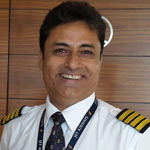
A veteran of the Indian Navy, Cdr Sandeep Dhawan served in the Navy from 1988 to 2009. He was a Maritime Reconnaissance Pilot and a Flying Instructor. He is a geopolitical analyst and writes for the various online websites and organizations. His Twitter handle is @InsightGL.
Disclaimer
The opinions expressed in this article are the author’s own and do not reflect the views of Chanakya Forum. All information provided in this article including timeliness, completeness, accuracy, suitability or validity of information referenced therein, is the sole responsibility of the author. www.chanakyaforum.com does not assume any responsibility for the same.
Chanakya Forum is now on . Click here to join our channel (@ChanakyaForum) and stay updated with the latest headlines and articles.
Important
We work round the clock to bring you the finest articles and updates from around the world. There is a team that works tirelessly to ensure that you have a seamless reading experience. But all this costs money. Please support us so that we keep doing what we do best. Happy Reading
Support Us




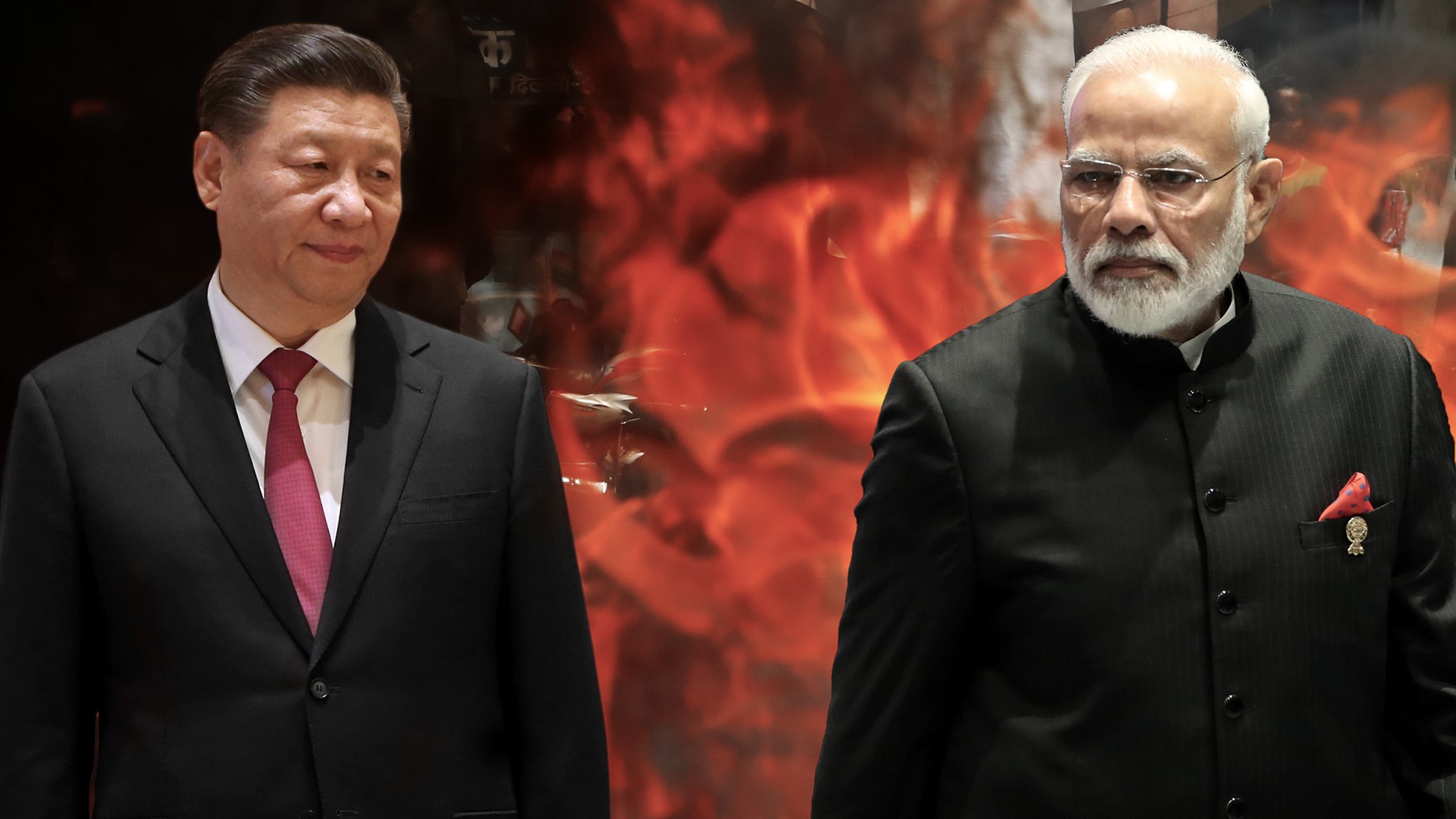
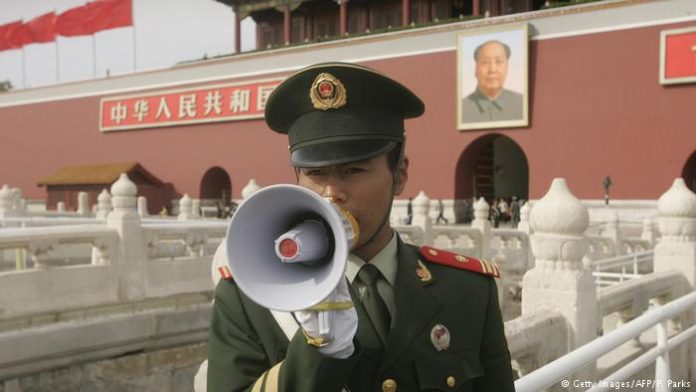
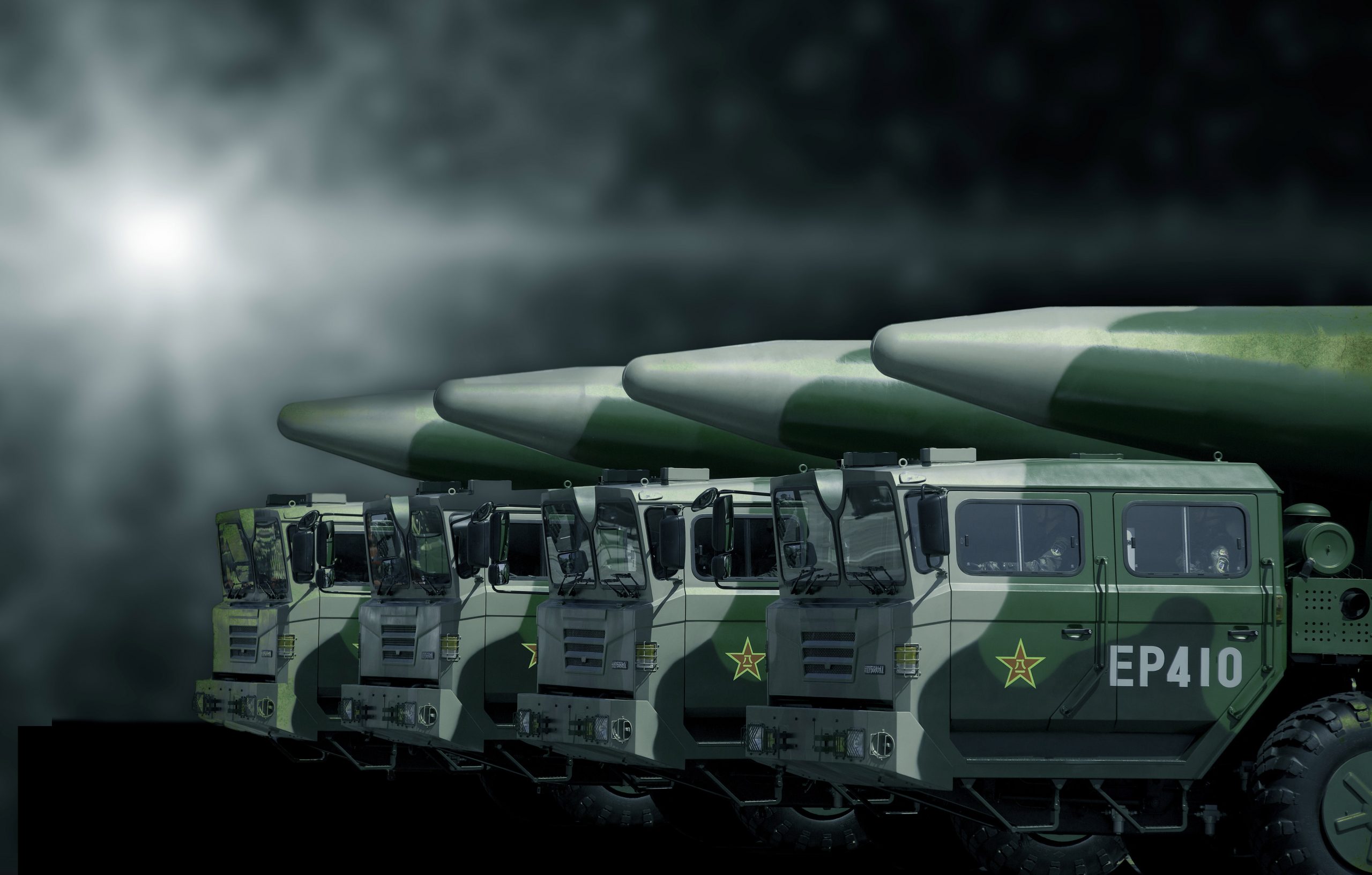

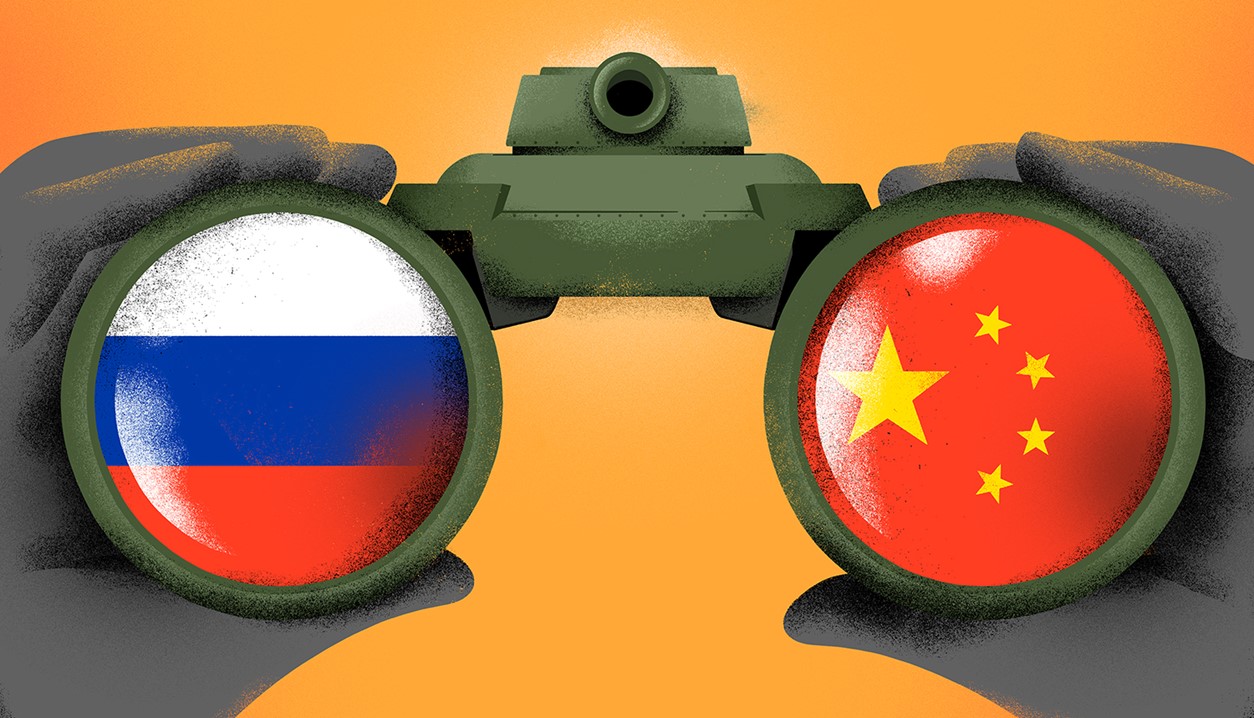

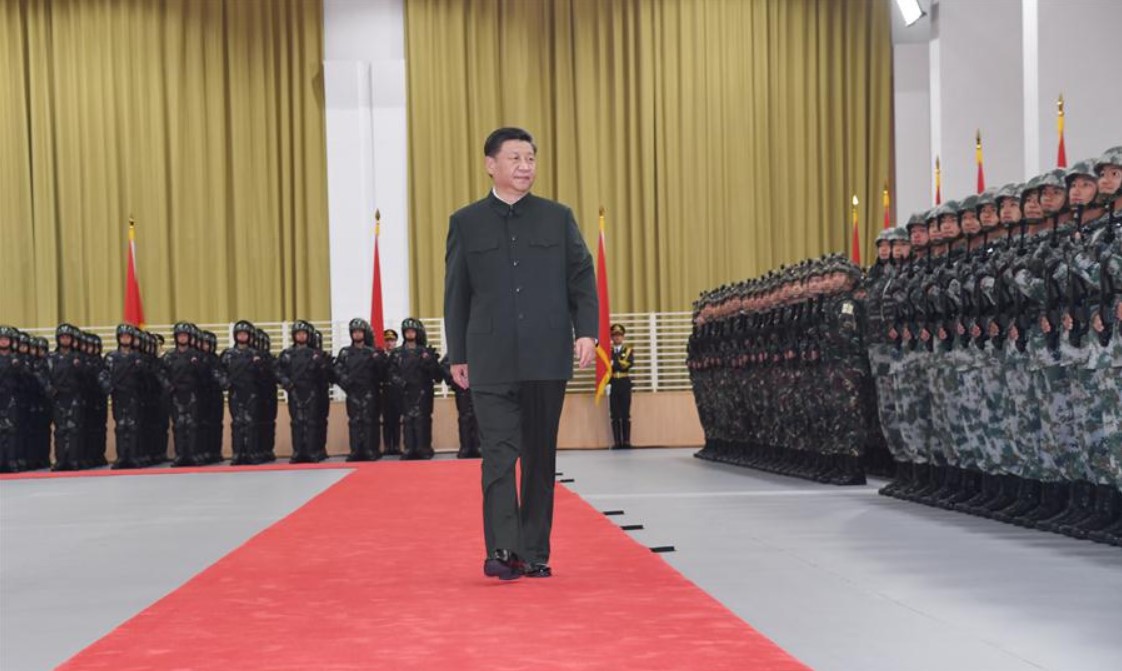
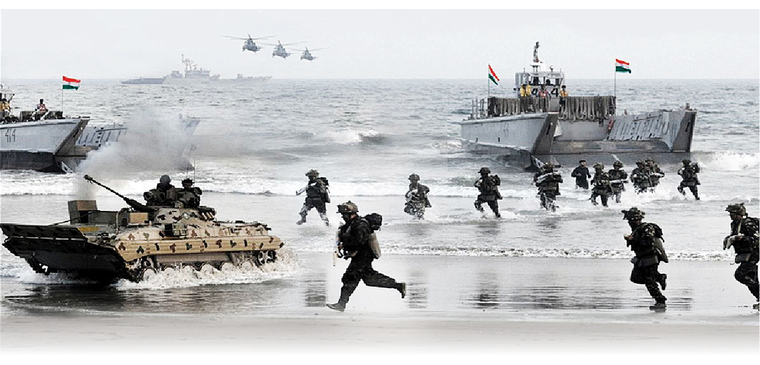

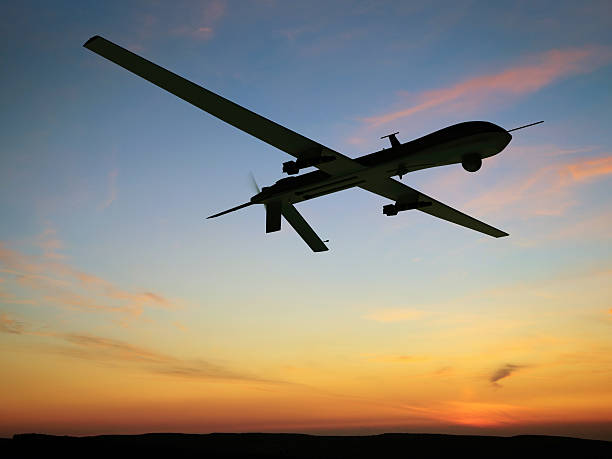






POST COMMENTS (36)
Indian Military Reforms: Delays, Dispassion and Dissociation - Chanakya Forum
Yati Raj
Ashutosh Bahuguna
Anurag
Raman
Prash
Bhavil
saurabh
Naresh Kumar Shukla
Kasturi Gade
Atul Dewan
Hemant Kumar
Gp Capt V Mohan (Retd)
Jas Dhali
Rishabh Kapoor
YOGESH PAI
Brajesh Kumar
Sid Gupta
Cdr Deepak Singh (Retd)
Rammohan
Rahul
Deovrat Pagay
Raman Gupta
Sarvjit Slaria
Prem Kumar sinha
Jpchitkara
Narinder Pal Singh Hora
Vikas Choudhary
Jai
Vijay Nair
Joseph Mathew
Nitin A S
Raghu Vir Gauba
Wendell Bruges
Sukhjit singh
Rohan